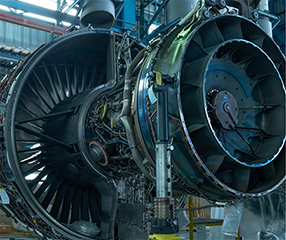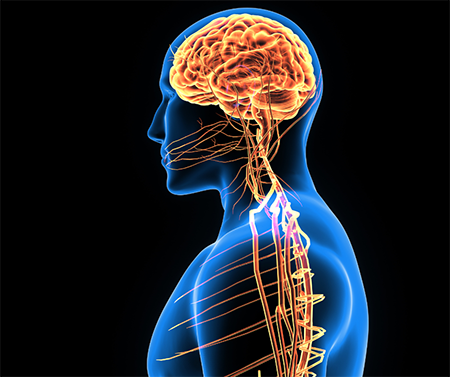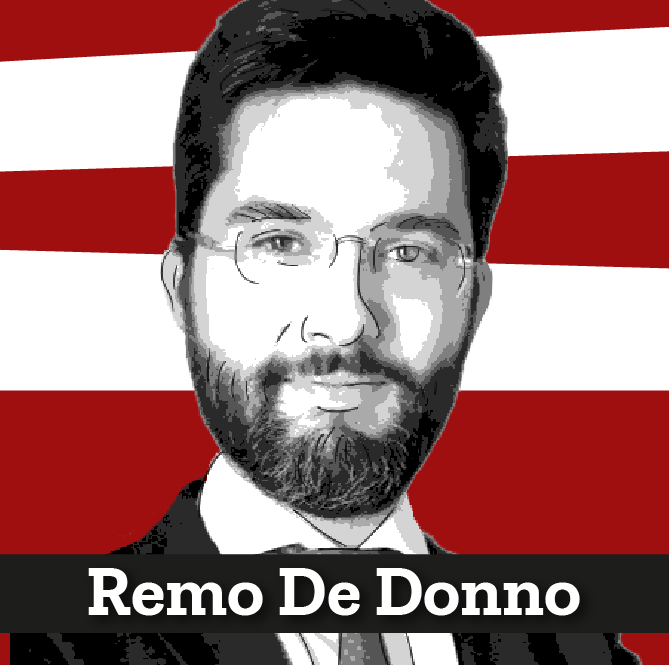Today we talk about the digital twin: an extremely accurate and precise simulation of the physical world to be used in decision making. Now also in healthcare.
When we talk about simulation, we perceive the innovation of the tool itself and the potential applications that this technology can have. The UNI 11814 standard issued in May 2021 endorses this sentiment, including Simulation and the Digital Twin among the enabling technologies related to innovation management and in particular between digital and cyber-physical enabling technologies1.
For some time now, industry professionals have been able to rely on the availability and power of computing resources, as well as the accuracy of algorithms, elements that make simulations increasingly accessible, fast and reliable.
Today a key element is revolutionizing the world of simulation: the Internet of Things (IoT). The aforementioned standard defines the IoT as a network of physical systems, which can interact with each other, thanks to standard communication protocols. Through multidirectional communication between processes, the IoT allows the integration of information technologies (IT) with operational technologies (OT). It is precisely the combination of availability and computing power with the precision of numerical solutions, associated with data security, which allows the creation of a new technology, called a digital twin, which the European Change2twin project defines as follows: “ A digital twin it is a digital replica of an artifact, process, or service, so precise that it can be used as a basis for decision making. The digital replica and the physical world are often connected by streams of data.“ 2 The last part of the definition suggests the key to taking the digital twin to its maximum efficiency and robustness: adding the connection with the physical twin to the availability-power-precision combination, through the IoT.

There are different types of digital twins, depending on the link and feedback between physical reality and its digital replica. The descriptive digital twin receives a collection of data (dataset) from its physical twin and displays the most significant information through appropriate dashboards to identify any critical issues in real time. The predictive digital twin, an evolution of the previous one, in addition to receiving information from the physical twin, performs complex operations such as high-fidelity numerical simulations to predict future behavior scenarios. Finally, the prescriptive model,a more refined solution, is characterized by a multidirectional data flow between the digital and physical twin: the digital twin continuously receives a dataset updated data set from its physical counterpart, on which various techniques are applied, such as business rules, search for the minimum of objective functions, machine learning, and high-fidelity numerical simulations. This allows both predicting future scenarios and, above all, proposing decisions that optimize these scenarios. The decisions proposed by the artificial intelligence are sent to the physical twin through signals and commands, so that they can be implemented in the real world.
The digital twin is now widely used in high-tech companies in various industrial sectors. More and more companies are using the digital twin to face daily challenges, such as optimizing the performance of their product’s design, and predictive maintenance for maximum efficiency of production processes.
The good news is that early pioneers are also exploring this technology for the medical sector, to study the human body and improve quality of life. Enginsoft, a leading company in the field of simulations, is involved in several research projects that apply the digital twin in the medical sector. An overview of the latest developments in the use of CAE technologies in this area is available at the bibliography link 3. NTT Data is also very active on this front: an article from Il Sole 24 ore in April actually referred to the news that the Japanese giant is financing several projects on the use of the digital twin to solve health-related challenges. 4

References:
[1] UNI 11814: https://store.uni.com/p/UNI1609356/uni-11814-2021/UNI1609356
[2] Change2twin: https://www.change2twin.eu/
[3] Enginsoft: https://www.enginsoft.com/expertise/tools-and-methodologies-for-generating-digital-twins-in-medical-research.html
[4] Il sole 24 ore su Ntt Data: https://www.ilsole24ore.com/art/ntt-data-porta-cosenza-dei-tre-poli-mondiali-sull-intelligenza-artificiale-AEudXuSB






































